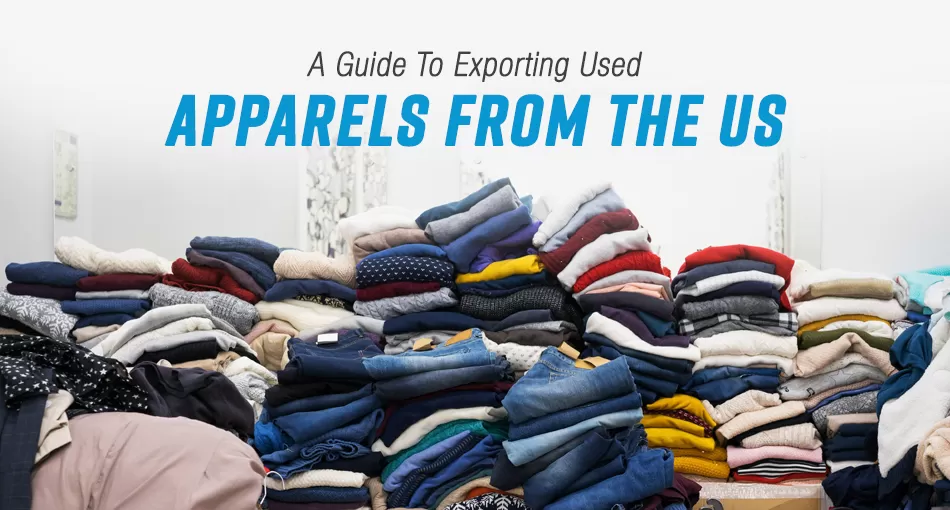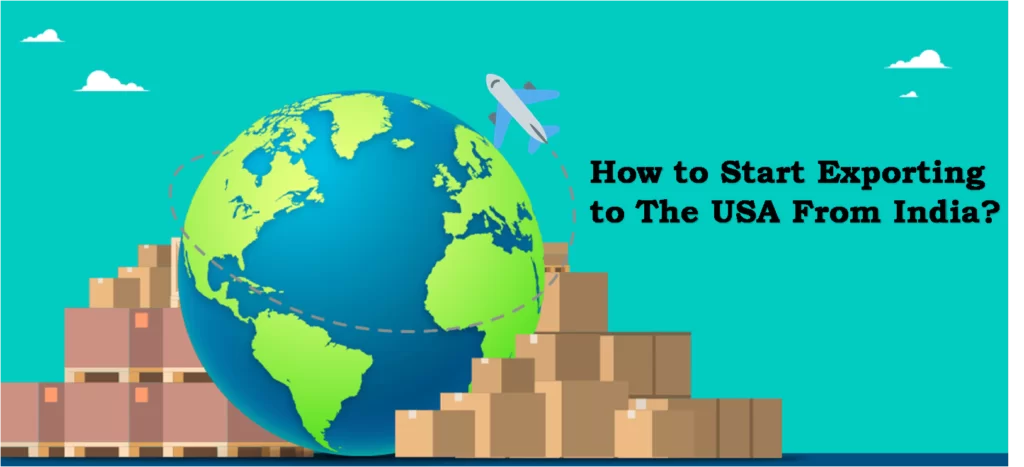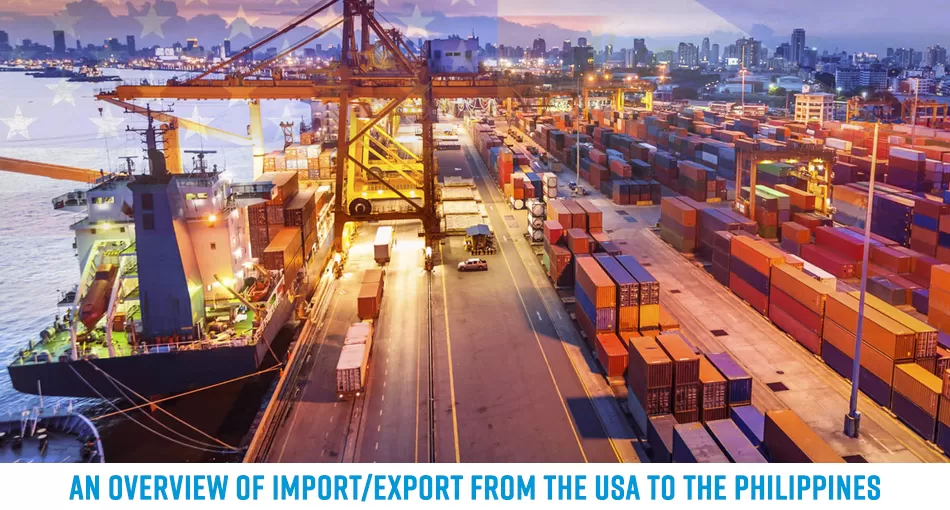Used apparel trading is a big business worldwide that accounts for over $4 billion annually. The US is a prominent exporter of second-hand clothing and footwear; thanks to its fast-paced fashion market. As per the US census bureau, the country had exported $705 million dollars worth of used clothing in 2010.
A number of countries in Asia, Europe, Latin America and Sub-Saharan Africa, like Angola, Benin, Bolivia, Chile, Costa Rica, Dominican Republic, Ghana, Japan, Jordan, Lebanon, Oman, Pakistan, Panama, Philippines, Senegal, Somalia, Uruguay etc. import this commodity.
How used clothing is exported?
The second-hand apparels and shoes are usually collected by charities, community groups, and clothing recyclers who sell them in bulk to thrift stores, wholesalers, graders, and trading companies. These are then pressed, compressed, tied in bundles (bales), and wrapped in a plastic covering before packing in a cargo container. A typical bale is 100lbs or 45kgs heavy. These are then loaded, mostly in 40’ high cube shipping containers, for transportation. Each such container can carry up to 20–27 tons of bales which maximizes their freight charges.
The bales are categorized under the following types:
Clothing Type:
- Women mixed clothing
- Men mixed clothing
- Women and men mixed clothing
- Children’s clothing
Clothing Grades:
- AA
- A
- B
- C
Which documents are needed to export used apparels from the US?
- Commercial invoice: This is a bill for the goods from the sellers to the buyers. The government uses this to determine the exact value of the goods for assessing customs duty.
- Export packing list: This list contains details of sellers, buyers, shipper, invoice number, date of shipment, mode of transport, and carrier. It also itemizes quantity, description, package type (box, crate, drum, carton, etc.), the quantity of the packages, total weight (gross and net), package marks and dimensions. It is usually used to cross-check the cargo.
- Electronic Export Information/Shippers Export Declaration
- Bill of lading
- Certificate of origin: This can often be a statement of origin printed on company letterhead.





